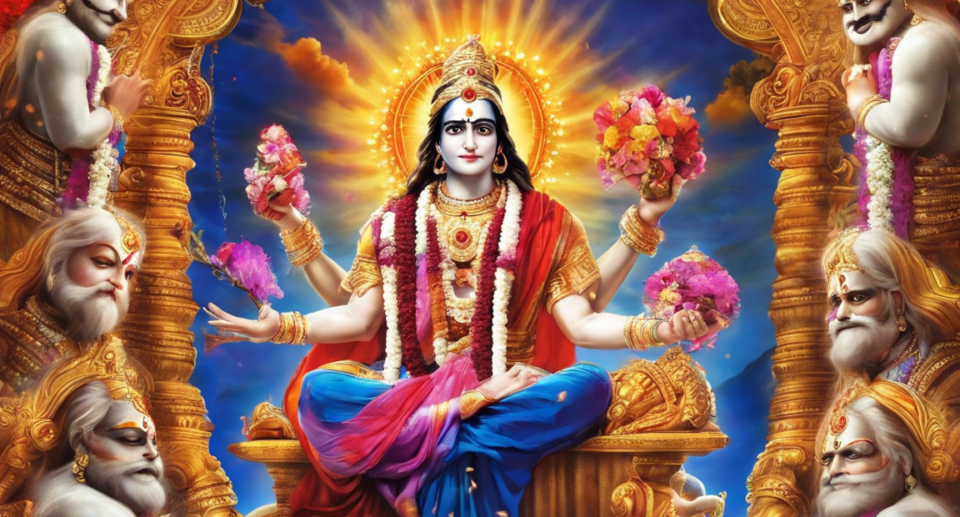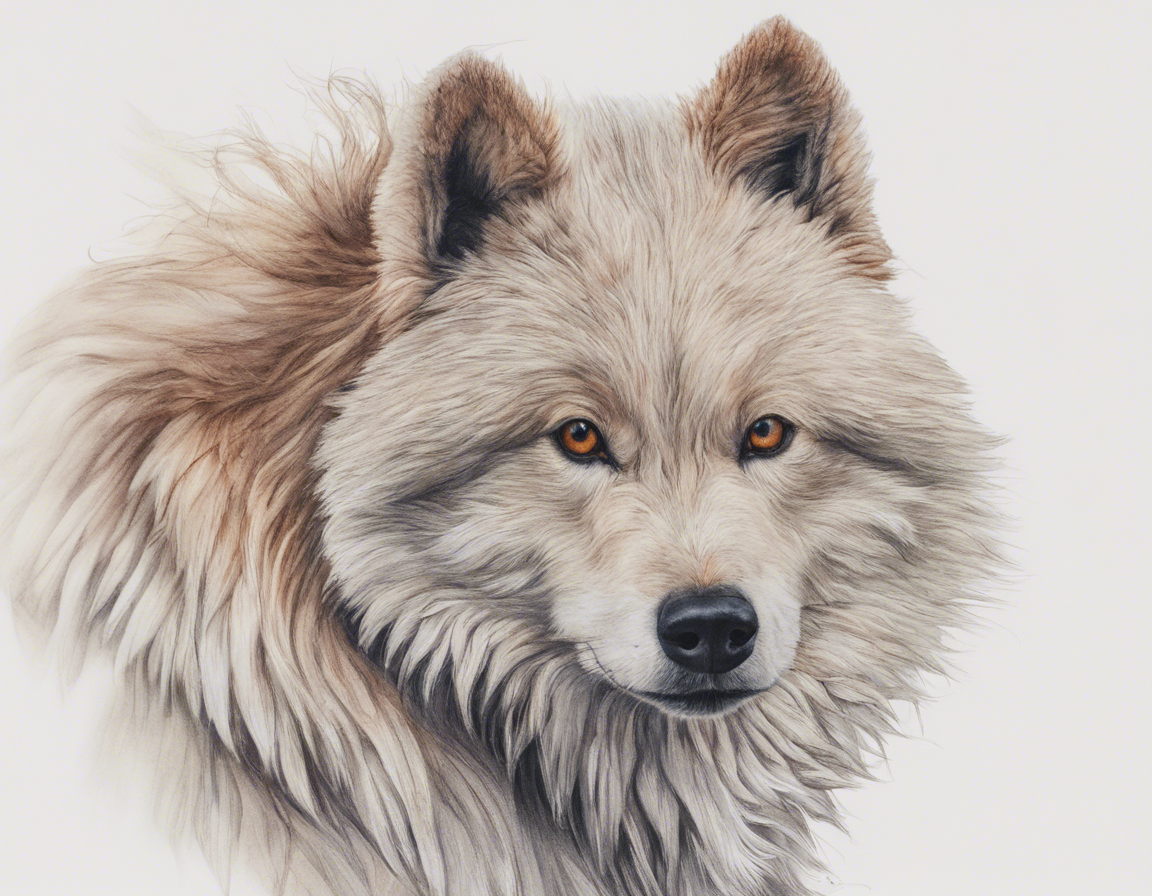The Beauty of Indian Classical Dance: A Padam Explained

India is a land of rich cultural heritage, with art forms that have been passed down through generations. One such art form that captivates the soul and enlivens the senses is Indian classical dance. Among the various styles like Bharatanatyam, Kathak, Odissi, Kathakali, Kuchipudi, and Manipuri, Padam is a quintessential component that embodies the essence of love, devotion, and storytelling through expressive movements, gestures, and emotions.
Unveiling the Essence of Padam
In the realm of Indian classical dance, a Padam is a dance composition that is deeply emotive and expressive. It often explores themes of love, devotion, longing, and spiritual connection. Padams are typically performed towards the end of a dance recital and serve as the culmination of the artist’s ability to emote and communicate through their movements.
Elements of a Padam
- Abhinaya – The aspect of expressional interpretation is the heart of a Padam. Dancers use subtle facial expressions, hand gestures (mudras), and body language to convey the essence of the lyrics.
- Sringara – Romantic and erotic love is a common theme explored in Padams. Dancers depict the emotions of love, separation, and yearning through their movements.
- Bhava – The emotional resonance that the dancer creates with the audience is crucial in a Padam. It requires a deep connection to the lyrics and music, translating them into palpable emotions.
The Narrative of a Padam
A Padam typically narrates stories from mythological texts, folklore, or poetry. The lyrics are brought to life through the skillful interplay of nritya (dance) and abhinaya (expression). The dancer embodies the characters, their emotions, and the essence of the narrative, drawing the audience into a world of beauty and emotion.
Exploring the Emotions in a Padam
-
Shringara – The portrayal of romantic love, desire, and longing forms the core of many Padams. The dancer expresses the nuances of these emotions through subtle gestures, eye movements, and expressions.
-
Bhakti – Devotional love and surrender to a higher power are often depicted in Padams that explore spiritual themes. The dancer expresses reverence, awe, and humility through their movements.
-
Viraha – The theme of separation and longing is a recurring motif in Padams. The dancer conveys the pain of separation through poignant expressions and gestures, evoking a sense of empathy in the audience.
Learning the Language of Padam
Mastering the art of Padam requires years of dedicated practice, training, and a deep understanding of rhythm, melody, and expression. Dancers undergo rigorous training in abhinaya, mudras, facial expressions, and footwork to convey the essence of the Padam with grace and precision.
FAQs:
-
What is the significance of Padam in Indian classical dance?
The Padam is a foundational aspect of Indian classical dance, showcasing the dancer’s ability to emote, express, and narrate stories through movements and gestures. -
How long does it take to learn a Padam?
Learning a Padam can take years of dedicated practice and training to master the nuances of expression, rhythm, and storytelling. -
Can anyone learn to perform a Padam?
While anyone can learn Indian classical dance, performing a Padam requires a deep understanding of the art form, years of training, and a passion for storytelling through dance. -
What are the common themes explored in Padams?
Padams often explore themes of love, devotion, longing, separation, and spiritual connection, drawing inspiration from mythological texts, poetry, and folklore. -
How do dancers convey emotions in a Padam?
Dancers convey emotions in a Padam through a combination of facial expressions, hand gestures (mudras), body language, and rhythmic footwork, creating a captivating narrative for the audience.
In conclusion, Padam is a soul-stirring aspect of Indian classical dance that celebrates the beauty of storytelling, emotions, and cultural heritage. Through expressive movements, intricate gestures, and heartfelt emotions, dancers bring to life the lyrical essence of love, devotion, and human experiences, captivating audiences and transcending barriers of language and culture.




